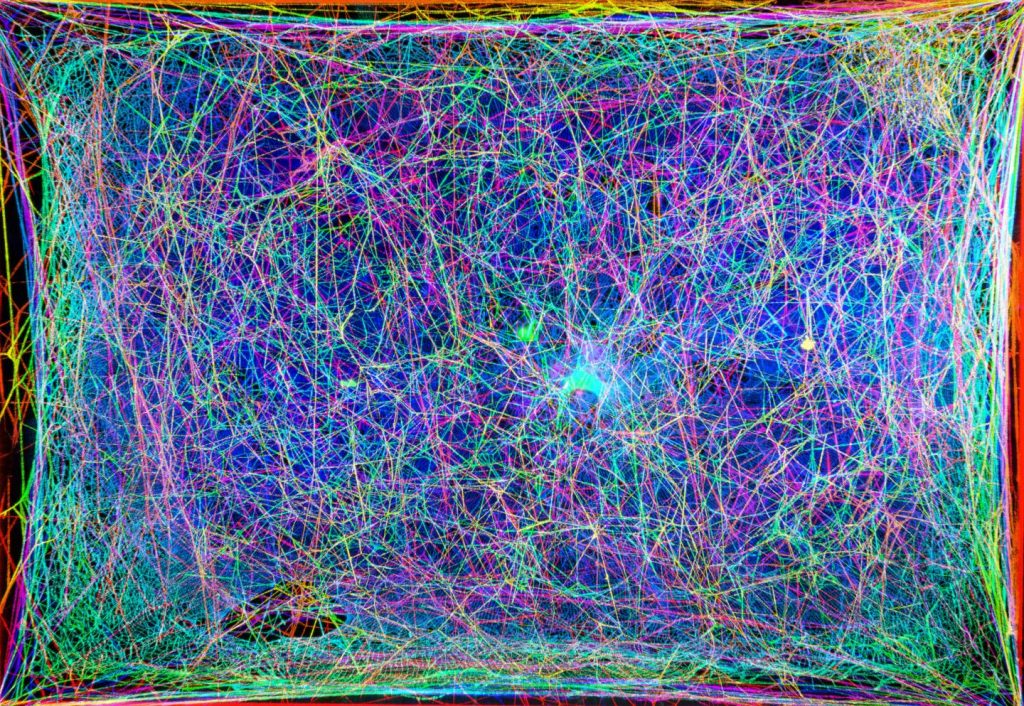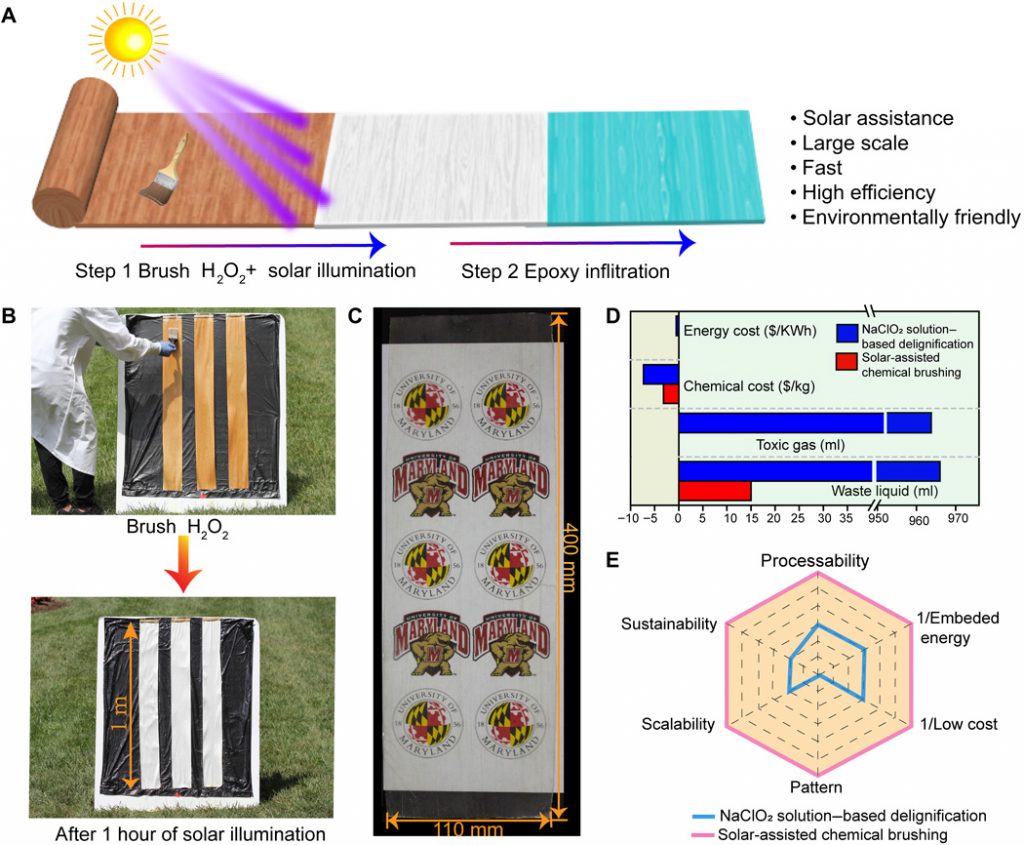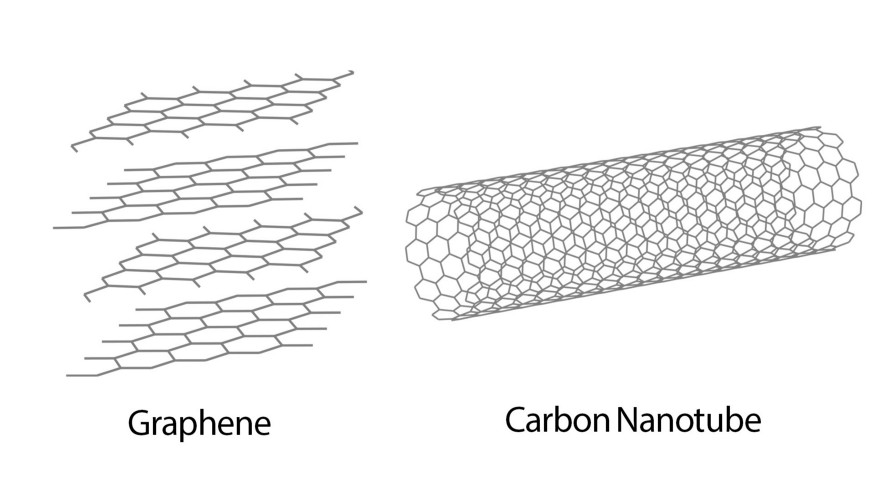Happy Italian Research in the World Day! Each year since 2018 this has been celebrated on the day that Leonardo da Vinci was born over 500 years ago on April 15. It’s also the start of World Creativity and Innovation Week (WCIW), April 15 – 21, 2021 with over 80 countries (Italy, The Gambia, Mauritius, Belarus, Iceland, US, Syria, Vietnam, Indonesia, Denmark, etc.) celebrating. By the way, April 21, 2021 is the United Nations’ World Creativity and Innovation Day. Now, onto some of the latest research, coming from Italy, on art conservation.
There’s graffiti and there’s graffiti as Michele Baglioni points out in an April 13, 2021 American Chemical Society (ACS) press conference (Rescuing street art from vandals’ graffiti) held during the ACS Spring 2021 Meeting being held online April 5-30, 2021.
An April 13, 2021 news item on ScienceDaily announced the research,
From Los Angeles and the Lower East Side of New York City to Paris and Penang, street art by famous and not-so-famous artists adorns highways, roads and alleys. In addition to creating social statements, works of beauty and tourist attractions, street art sometimes attracts vandals who add their unwanted graffiti, which is hard to remove without destroying the underlying painting. Now, researchers report novel, environmentally friendly techniques that quickly and safely remove over-paintings on street art.
…

An April 13, 2021 ACS news release (also on EurekAlert), which originated the news item, provides details about this latest work and how it fits into the field of art conservation,
“For decades, we have focused on cleaning or restoring classical artworks that used paints designed to last centuries,” says Piero Baglioni, Ph.D., the project’s principal investigator. “In contrast, modern art and street art, as well as the coatings and graffiti applied on top, use materials that were never intended to stand the test of time.”
Research fellow Michele Baglioni, Ph.D., (no relation to Piero Baglioni) and coworkers built on their colleagues’ work and designed a nanostructured fluid, based on nontoxic solvents and surfactants, loaded in highly retentive hydrogels that very slowly release cleaning agents to just the top layer — a few microns in depth. The undesired top layer is removed in seconds to minutes, with no damage or alteration to the original painting.
Street art and overlying graffiti usually contain one or more of three classes of paint binders — acrylic, vinyl or alkyd polymers. Because these paints are similar in composition, removing the top layer frequently damages the underlying layer. Until now, the only way to remove unwanted graffiti was by using chemical cleaners or mechanical action such as scraping or sand blasting. These traditional methods are hard to control and often damaged the original art.
“We have to know exactly what is going on at the surface of the paintings if we want to design cleaners,” explains Michele Baglioni, who is at the University of Florence (Italy). “In some respects, the chemistry is simple — we are using known surfactants, solvents and polymers. The challenge is combining them in the right way to get all the properties we need.”
Michele Baglioni and coworkers used Fourier transform infrared spectroscopy to characterize the binders, fillers and pigments in the three classes of paints. After screening for suitable low-toxicity, “green” solvents and biodegradable surfactants, he used small angle X-ray scattering analyses to study the behavior of four alkyl carbonate solvents and a biodegradable nonionic surfactant in water.
The final step was formulating the nanostructured cleaning combination. The system that worked well also included 2-butanol and a readily biodegradable alkyl glycoside hydrotrope as co-solvents/co-surfactants. Hydrotropes are water-soluble, surface-active compounds used at low levels that allow more concentrated formulations of surfactants to be developed. The system was then loaded into highly retentive hydrogels and tested for its ability to remove overpaintings on laboratory mockups using selected paints in all possible combinations.
After dozens of tests, which helped determine how long the gel should be applied and removed without damaging the underlying painting, he tested the gels on a real piece of street art in Florence, successfully removing graffiti without affecting the original work.
“This is the first systematic study on the selective and controlled removal of modern paints from paints with similar chemical composition,” Michele Baglioni says. The hydrogels can also be used for the removal of top coatings on modern art that were originally intended to preserve the paintings but have turned out to be damaging. The hydrogels will become available commercially from CSGI Solutions for Conservation of Cultural Heritage, a company founded by Piero Baglioni and others. CSGI, the Center for Colloid and Surface Science, is a university consortium mainly funded through programs of the European Union.
And, there was this after the end of the news release,
The researchers acknowledge support and funding from the European Union NANORESTART (Nanomaterials for the Restoration of Works of Art) Program [or NanoRestArt] and CSGI.
The NanoRestArt project has been mentioned here a number of times,
- April 4, 2016 posting “When based on plastic materials, contemporary art can degrade quickly“
- January 10, 2017 posting “Saving modern art with 3D-printed artwork“
- November 6, 2018 posting “Preserving art canvases (think Van Gogh, Picasso, Vermeer, and others) with nanomaterials“
The project ended in November 2018 but the NanoRestArt website can still be accessed.


